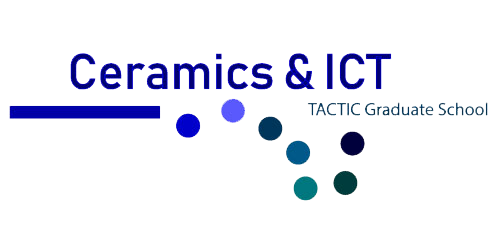You are here
Modeling and integration
XLIM and the Labex Sigma-LIM generate a large modeling activity (from fabrication up to circuits) which is based on advanced characterisation (PLATINOM). Optimisation algorithms and tools for mathematical analysis are also developed alongside. The generalist programmable environment called SCERNE ("Simulation de Chaînes d'Emission/Réception Nouvelle gEnération" in french, which may be translated as "New generation simulation of emission/reception chains") integrates these elements and thus facilitates the development and the validation of new models which will be added to SCERNE's palette. Then models can be integrated into generalist, multi-domain and heterogeneous system simulators.
-
Modeling
PREMISS proposes a modeling service to support XLIM's scientific activity. Moreover it enables, thanks to the software forge, the reuse of calculation codes that have already been developed, as well as their sustainability (updates, documentation, new functionalities...). Finally PREMISS also proposes the integration of the models in high-level simulators.
-
Integration into system simulators
The PREMISS platform proposes the integration of models into system simulators adressing broader scientific domains (multiphysics and multiscale). In particular, it operates the development of SCERNE to support internal collaborative research projects in the XLIM/Sigma-LIM consortium and external ones. SCERNE enables to build up and add value on the modeling/simulation know-hows developed at XLIM, for the scientific community and for indutrials partners.
-
SCERNE' architecture
SCERNE is written in C++ and it is interfaced with Matlab/Simulink. Therefore it has the form of schematic blocks that may be cabled graphically to constitute circuits or systems. Each block can represent a device, a small circuit, experimental characteristics, a S parameter matrix, … Thus it is possible to use physical models (thermal, electrical, electromagnetic, …), blocks of numerical simulation of circuits/systems and data from electrical characterisation to assess the performance of large systems with a very good precision. Finally SCERNE offers simulation control functionalities (such as parameters sweep, statistical anaysis and optimisation) in order to evaluate ahead of time complex architectures and innovative concepts.
-
SCERNE's online documentation
-
SCERNE's opening toward system simulation environments and value creation
SCERNE features an API (Application Programming Interface) making it open toward third-party industrial simulation environment such as Thales' SAFAR (network antenna) and ASTRAD (radars). Currently, PREMISS is considering to generate independent binary executables compatible with the FMI (Functional Mock-up Interface) specifications and therefore with the tools which use the Modelica language (Dymola and Catia for instance).
-
Examples of past and future applications
Miniaturisation and 3D integration of RADAR antennas
IDEATA (Innovative Design Architecture For Thin Electronic Steering Antennas), Euripides European project between France, Spain and Hungary, 2011-2014;
-
Industrial partners: Thales TSA (holder), Elvia Lithos, Hypertac, TKI Ferrit, TTI, Conatel;
-
Academic partners: XLIM, BME.
Antenna-circuit co-conception with SOC technologies in millimetric frequencies
Antenna/circuit combined modeling;
- Research of optimal shapes for patches and supplies;
-
Results : H. Ben Elhaj Moussa et al., IEEE Mediterranean Microwave Symposium (MMS 2013).
Application to the realisation of RF front-end
- Work in progress.
- In support to the System chair of the Sigma-LIM Labex.
Application to sensor networks
- Work in progress
- In support to the System chair of the Sigma-LIM Labex.










 UMR CNRS n°7252
UMR CNRS n°7252